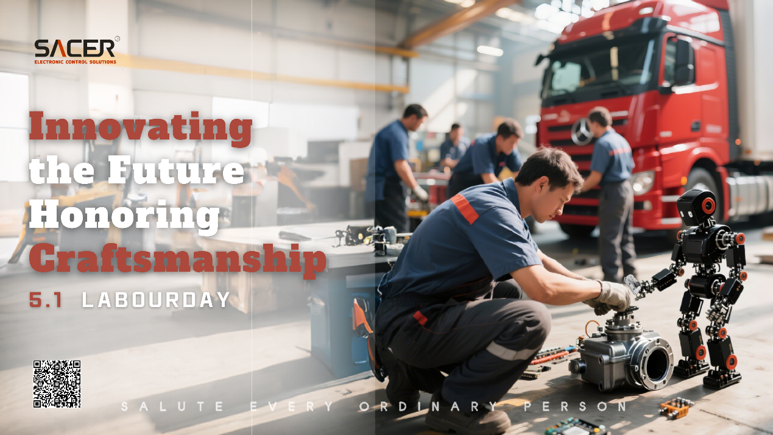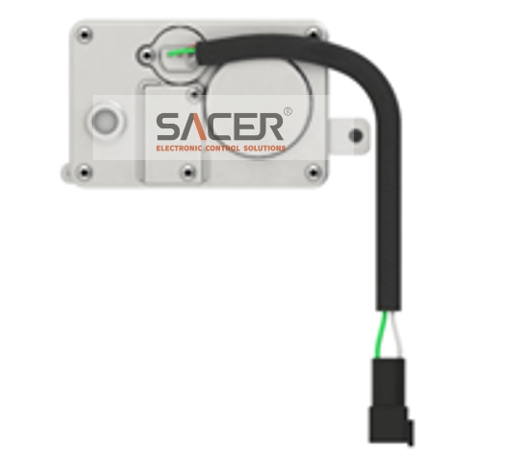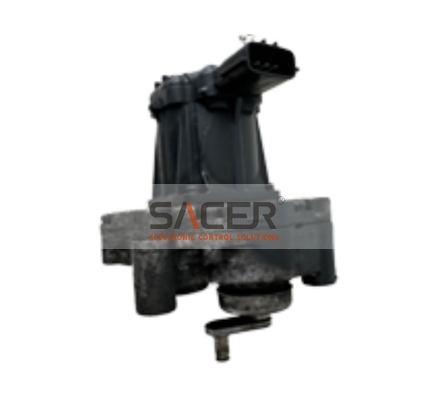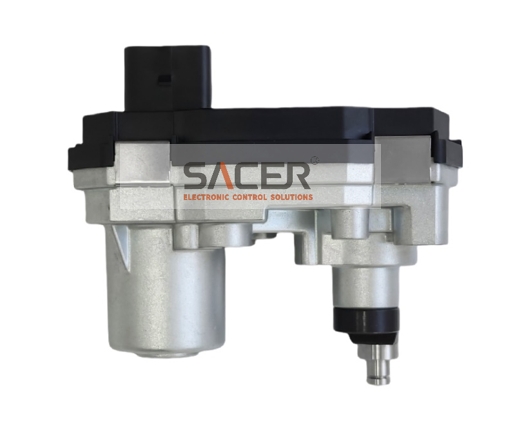Shenzhen, Guangzhou, and Hainan have unveiled plans to establish "supercharging cities," "supercharging capitals," and "supercharging islands," respectively, aiming to enhance new energy vehicle charging infrastructure. Shenzhen aims to construct 150 public supercharging stations by the end of 2023, with a target of 300 by 2025. Guangzhou plans to build 1,000 super-fast charging stations, achieving a service capacity of 4 million kilowatts, while Hainan plans to cover towns and villages with over 400 supercharging stations by 2025. Additionally, liquid cooling technology is gaining prominence, emerging as a key direction in future charging technology.
1. Liquid Cooling Supercharging Technology Overview
Liquid-cooled supercharging technology, known for its high energy density and rapid charging capabilities, significantly reduces charging time and enhances energy conversion efficiency. With advantages like high current output, fast charging, and a lightweight design, it is considered a pivotal direction for future charging technology.
Presently, semi-liquid cooling dominates liquid-cooled supercharging, but full liquid cooling offers substantial advantages in equipment reliability, mains power utilization, and service life. The fully liquid-cooled supercharging terminal boasts a 600kW maximum output power, a 99% one-time charging success rate, and compatibility with all models in the 200-1000V charging range.
2.Huawei's Leadership in the Domestic Liquid Cooling Supercharging Market
Leading companies such as Huawei and Tesla are at the forefront of supercharging station deployment. Huawei's fully liquid-cooled supercharging station, utilizing liquid-cooling technology with a maximum power of 600kW, supports flexible overcharging and fast charging configurations. Its high reliability and low noise position it as a leader in liquid cooling supercharging technology. Liquid-cooled supercharging has become an essential trend in addressing charging concerns and achieving fast charging, with Huawei's involvement expected to drive industry-wide development.
3.Core Segments of the Liquid Cooling Supercharging Industry Chain
The liquid cooling supercharging industry chain comprises upstream raw material suppliers, charging pile equipment component suppliers, equipment manufacturers, and charging operators. Key technical components include liquid-cooled charging guns, charging cables, and charging modules.
Liquid-cooled charging guns incorporate an innovative design, utilizing electronic pumps to drive coolant flow for increased charging current and reduced temperature rise. Liquid-cooled charging cables feature built-in cables and water pipes to enhance heat dissipation, improve charging efficiency, and reduce overall weight. Liquid-cooled charging modules employ SiC chips to enhance efficiency and product stability.
The advent of liquid-cooled supercharging technology presents new opportunities for the electric vehicle industry, advancing charging efficiency and establishing itself as a key direction for future development.
Through relentless effort and innovation, Sacer LTD has successfully incorporated new energy vehicle components into its business portfolio, including crucial components like air conditioning compressors. In the future, we plan to expand our new energy component business, continuously driving the development of green energy technologies. We look forward to collaborating with more partners to jointly develop innovative solutions and contribute to the sustainable development of the new energy vehicle sector. If you are interested in collaboration and joint development, please feel free to contact us.





